QuestionWe have a 9 month old lab, scout, that is very destructive. She steals things from inside the house and runs outside with them to tear
them up. If we attempt to get them back she runs around thinking it is a game. She digs, jumps, and tries to get out of the yard at
any chance she can.
Generally speaking, scout is not interested with being by our side. She spends a lot of time by her self.
My wife and I just put down our first lab, shadow. He was much more responsive and loyal to us.
Is this just the way she is going to be until she gets older? Do you think she will warm up to us any?
AnswerI just answered a similar question about a year old female. Often they are less affectionate than the males. It may get worse before it gets better. Do what you still can of this:
''Elevation for small puppies: Sit on the floor and gently put your hands around your pup's middle, below his front legs, and lift him up. He is facing you. Hold him for 15 seconds. Repeat until he no longer struggles. If he is past 10-12 weeks, lift his front feet off the ground, but don't pick him up.
Cradling for small puppies: Hold your puppy gently on his back, as you would cradle a small baby. If he struggles, hold him firmly until he quiets for 10-15 seconds. With larger pups, you can do this as your sit on the floor, with your pup between your legs.
Quiet lying down: Place your pup on the floor on his side, with all 4 legs pointing away from you. Use your hands on his neck/shoulder area and middle, to hold him in this position. When he is quiet, praise him. Lengthen the time that you keep him quietly in this position. When he accepts this position well, handle his paws and muzzle, while keeping him quiet.''
The quotes mean this isn't my original work. It is copied from my Puppy Raising Manual. I have long used these or minor variations of them, and they are very effective. You may want to give him a belly rub while he is on his back too. Helps bonding. There is a big difference between him rolling over and demanding a belly rub, and you choosing a time to roll him over and rub his belly. The latter cements your place as pack leader.
The destructiveness may be easier. A mousetrap is very effective in making a dog leave something alone. Most dogs will stay away from anywhere they were surprised by a snap. The best part is that it is not you that is correcting the dog. It works whether you are around or not. The mousetrap is very patient and is always on task as long as you reset it.
Better than mousetraps when you aren't around is the crate. Other dogs may not be as bad as the young Labs I am plagued with. Still your house and dog will be much safer with the dog in a crate when you are away. The dog may be happier in its den than loose in the house. It relaxes, it feels safe in its den. It rests, the body slows down reducing the need for water and relieving its self. Dogs that have been crated all along do very well. Many of them will rest in their crates even when the door is open. I think the plastic ones give the dog more of a safe, enclosed den feeling. They are harder for dogs to open too. Metal ones can be put in a corner or covered with something the dog can't pull in and chew. Select a crate just big enough for the full grown dog to stretch out in.
Leave it some toys. Perhaps a Kong filled with peanut butter. Don't leave anything in the crate the dog might chew up. It will do fine without even any bedding. You will come home to a safe dog and a house you can enjoy.
A dog that has not been crated since it was little, make take some work. Start out just putting its toys and treats in the crate. Praise it for going in. If you have been able to trust it with any bedding, put that in the crate. Feed it in the crate. This is also an easy way to maintain order at feeding time for more than one dog.

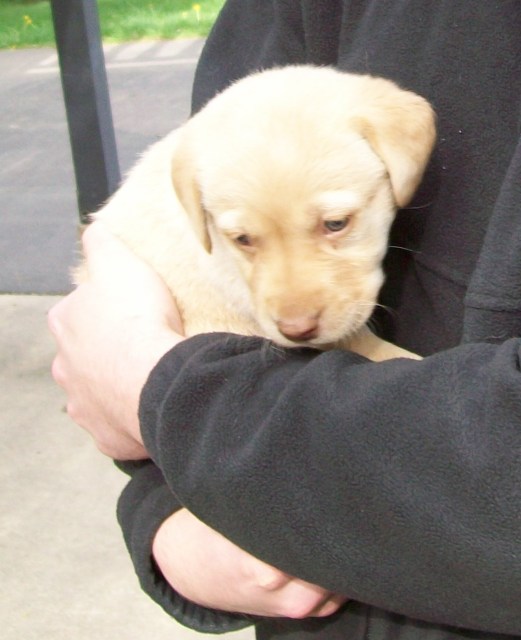 Lab Puppy Eye Color
Question
Yellow Puppy
We are looking at buying a 5 1/2
Lab Puppy Eye Color
Question
Yellow Puppy
We are looking at buying a 5 1/2
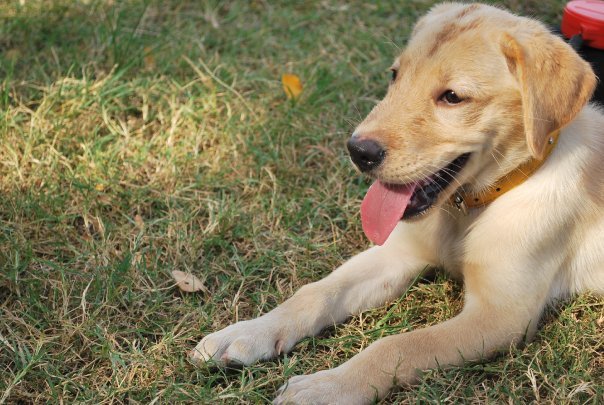 vitamins for my yellow lab
Questionbruno
QUESTION: what is the best vitamin
vitamins for my yellow lab
Questionbruno
QUESTION: what is the best vitamin
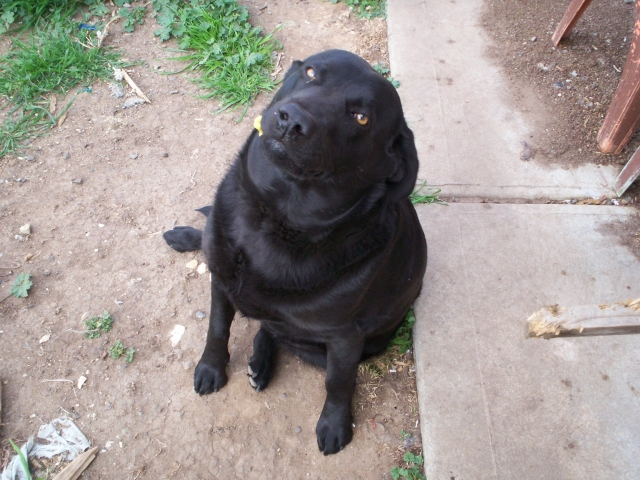 lab healthy weight
Question
Cassie
I have a black lab and she is now 3 1/2
lab healthy weight
Question
Cassie
I have a black lab and she is now 3 1/2
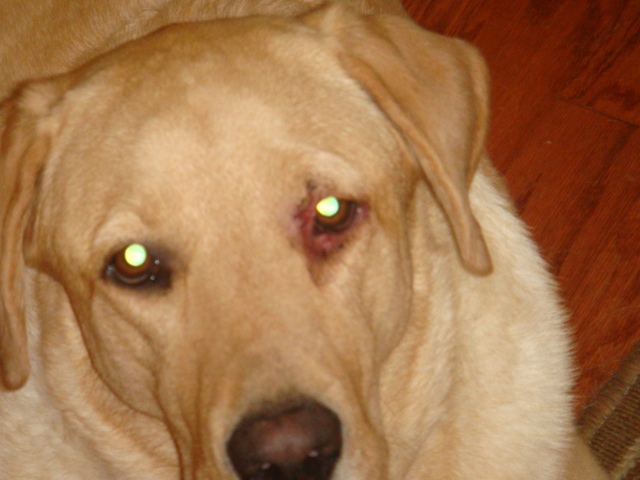 pink rim around eye
Question
his eye
i have a pure yellow lab and hes 3 yrs
pink rim around eye
Question
his eye
i have a pure yellow lab and hes 3 yrs
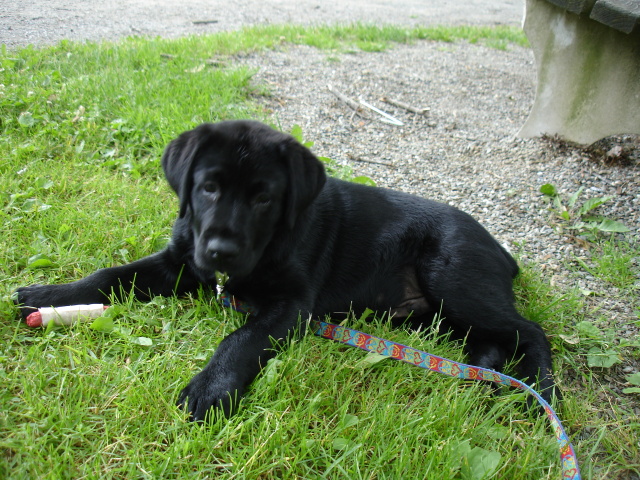 Is my lab puppy growing to fast?
Questionjust hanging out!
QUESTION: I recently t
Is my lab puppy growing to fast?
Questionjust hanging out!
QUESTION: I recently t